One of the most versatile modern interior styles is contemporary design. It works well in bedrooms, bathrooms, and even offices. Technological advances, practicality, minimalism, elegance, and classical precision of details all come together in contemporary design. Interested? Let’s dive into the details!
History and origin of the style
Contemporary design has its roots in the mid-20th century and was influenced by minimalism, Scandinavian trends, and modern constructivism. As homes became smaller, functional yet tasteful furnishings became a necessity. This required combining simple, mass-produced items with designer innovations.
Despite its simplicity, contemporary design manages to look modern and concise. It draws from various interior design trends, but it is an understated eclecticism that prioritizes functionality. Followers of the Bauhaus school promoted accessible and convenient items for the masses, popularizing the concept.
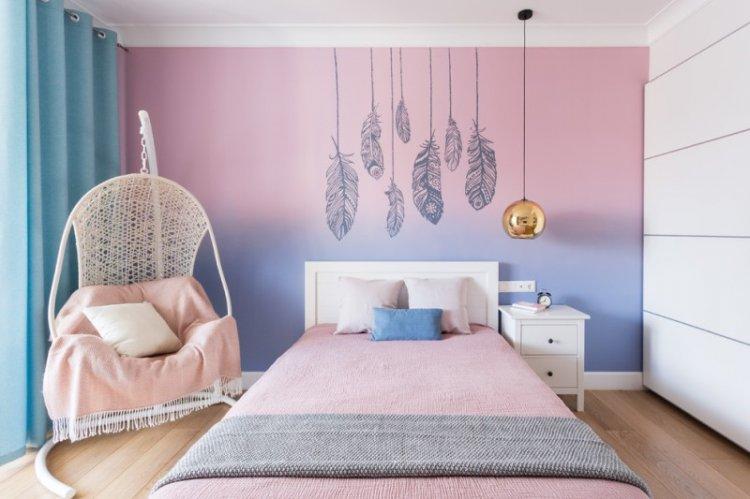
Color solutions
Contemporary interiors typically use calm, neutral colors that are simple and unobtrusive. This is particularly valuable in large, bustling cities where nothing should be irritating, even at home. White, black, beige, and gray-brown all complement the functional modern style ideally.
Black and white
Black and white and all shades of gray are a fail-safe combination that allows for experimentation with textures and accents. Such interiors are quite strict and concise, but at the same time, very stylish. The combination of glossy and matte surfaces looks particularly impressive, often looking much more striking than bright color spots.
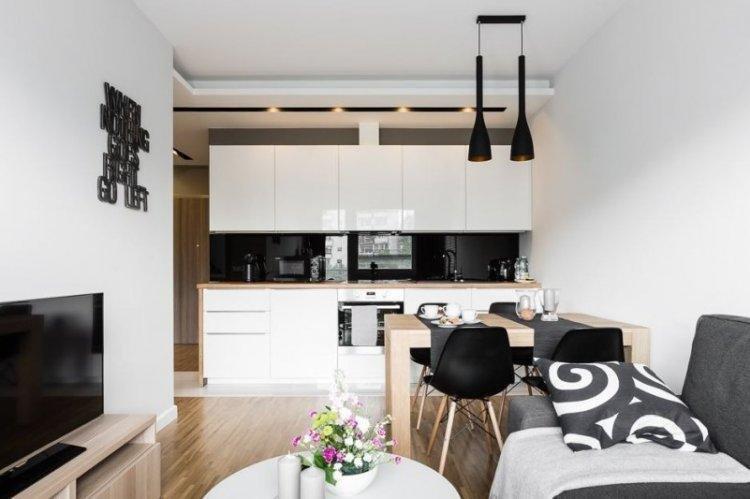
Beige-brown shades
If you prefer warmer and more homely interiors, pay attention to beige-brown tones. Genuine wood and natural textiles have brought this classic heritage trend back into the spotlight.More complex shades of sand, ivory, wenge, or dark walnut will add nobility and individuality.

Bright accents
Accents in contemporary design are equally deliberately simplified – small details instead of large spots. Use clean and saturated natural shades – red, green, yellow, blue, and orange, or their deeper and more classic variations such as burgundy, emerald, mustard, and sapphire.

Materials and decor
Contemporary design is still popular in large part because it allows you to combine new materials with the solutions of bygone times. There are no strict canons or limitations when choosing materials. The main principle is spontaneous coexistence, which is fully reflected in the combination of incompatible finishes.
Flooring
A foolproof option for interiors in the contemporary style is a simple wooden floor. You don’t even need an expensive artistic parquet made of valuable wood species. It’s enough to use large budget boards with minimal processing.
A practical and affordable modern laminate flooring is also an ideal choice for a functional interior. Consider tile, artificial stone, or porcelain stoneware. In some cases, poured floors might be suitable, but it’s better to avoid carpeting, intricate mosaics, and overly decorative solutions.
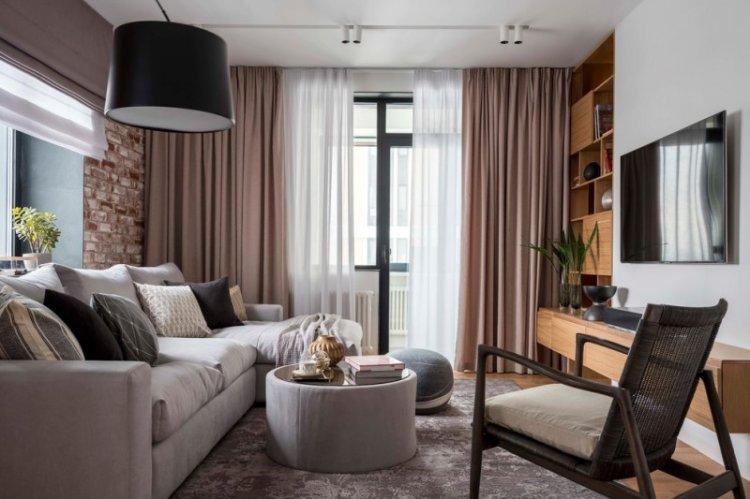
Wall finishes
Contemporary interiors use basic and easily accessible materials with a smooth monochrome texture for walls. Paint the walls in white, gray, or other subdued tones without incorporating accents, niches, columns, or complex drywall structures.
Modern interiors do not often use wallpaper due to practicality, but non-woven or vinyl wallpaper can be a slightly better option as it can be washed and repainted as needed. Choose a covering without complex patterns, ornaments, or three-dimensional textures.
In areas with high humidity, such as bathrooms, simple tiles are used, experimenting with different sizes, shapes, and laying types instead of color. Avoid more complex materials such as wooden panels, glass wallpaper, or textured plaster in contemporary-style interiors.

Ceiling Design
Contemporary style allows for combining any materials, but simplicity is at the core. Complex ornamental gypsum plasterboard structures are rarely used, and a simple whitewashed smooth surface will suffice. To visually enlarge the room and add light, use glossy PVC stretch ceilings, which create an interesting contrast with classic wooden flooring.

Furniture in Contemporary Style
Current furniture trends focus on simple lines, forms, and factory-made pieces. Personalize a basic mass-market furniture set with striking materials or color accents. Contemporary furniture is compact and highly functional, often featuring multifunctional solutions, transformers, and modern storage systems. Examples include foldable table-cabinets that expand into spacious dining surfaces or modular cabinets with adjustable blocks.
Consider a modernized wall unit that includes a writing desk and workspace, or integrated cabinets with sliding sections merged with light shelving units. Soft, flexible modules can transform into chairs and sofas, while storage systems are incorporated into beds on elevated platforms.

Decor and Textiles
In addition to classic materials like wood, contemporary design actively incorporates glass, natural leather, and stone. In addition, contemporary interiors may also incorporate acrylic, mirrors, minimalist metal details, and textured mixed fabrics.
Contemporary design is a style where modern blackout blinds and heavy traditional curtains look equally impressive, but without excessive decoration. Tassels, ruffles, tiebacks, lace, and frills are out of place here. However, bright minimalist decorative pillows would be quite appropriate.
The best decoration for a practical modern interior is live flowers in vases and decorative compositions of succulents. Initially, decoration in contemporary interiors consisted of various memorable trinkets rather than specifically purchased decor. An installation of family photographs in simple frames, several favorite paintings of different sizes, and a collection of candles would be appropriate.

Lighting and Illumination
Proper lighting organization is one of the foundations of style, and both natural and artificial light are equally important. Massive heavy curtains only belong in the bedroom, and should otherwise be avoided. Electric lighting is always multi-level.
If there is not enough light in the room, use small spotlights around the perimeter. A classic central chandelier has its place, but its design should be sleek and modern. To create a balance, the heritage trend can be combined with hidden lighting for individual areas, shelves, and niches. Additionally, wall sconces, floor lamps, bedside lamps, and table lamps can be strategically placed in functional areas.

Contemporary interior design – photo
Contemporary design is great because it can be incorporated into the interior of any room. After all, it originated not as a whim, but as a necessity, which is why it has become so universal.
Contemporary Kitchen
Functionality in the kitchen ensures ease of use. Artificial materials are low-maintenance, and smooth and laminated surfaces can be easily cleaned of grease or stains. Bright accents on a neutral background of walls and a sleek set of cabinets create colorful kitchen textiles.

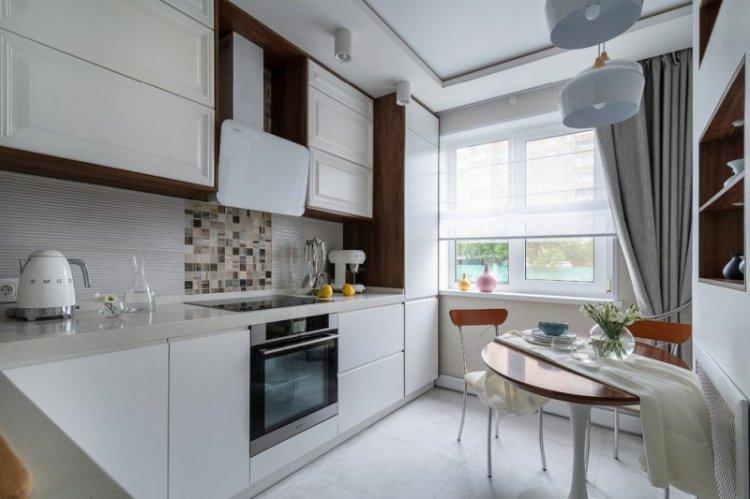

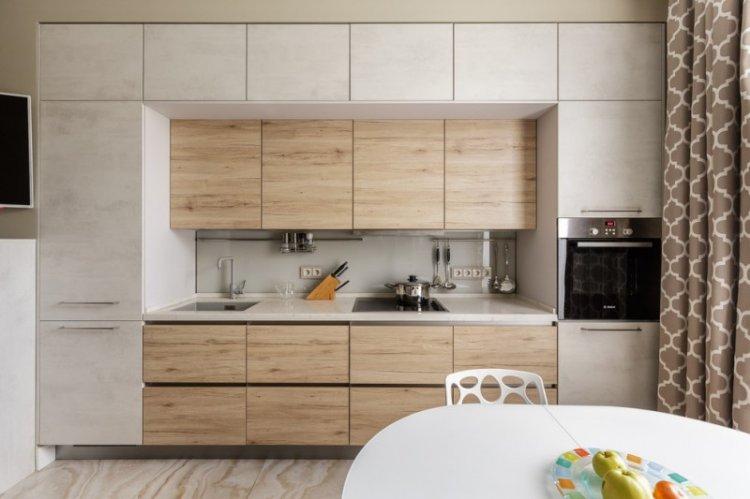






Contemporary Living Room
Contemporary living rooms are highly versatile, thanks to modular structures and transformers. You can have a formal dinner, a fun party with friends, temporarily accommodate relatives, or set up a workspace in the same room.

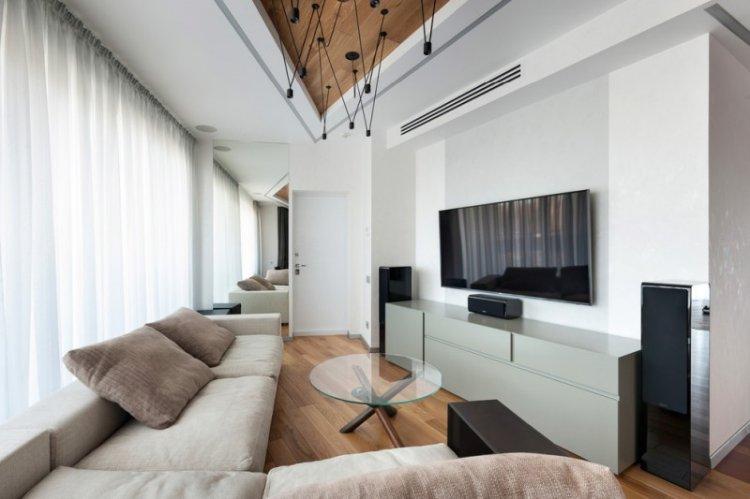
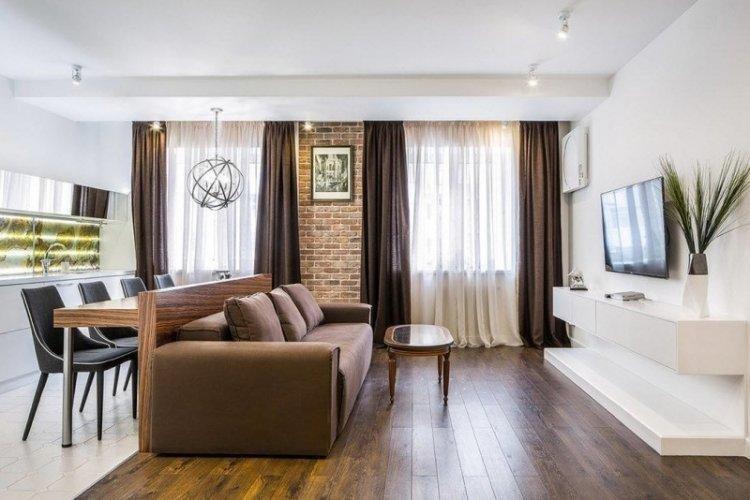

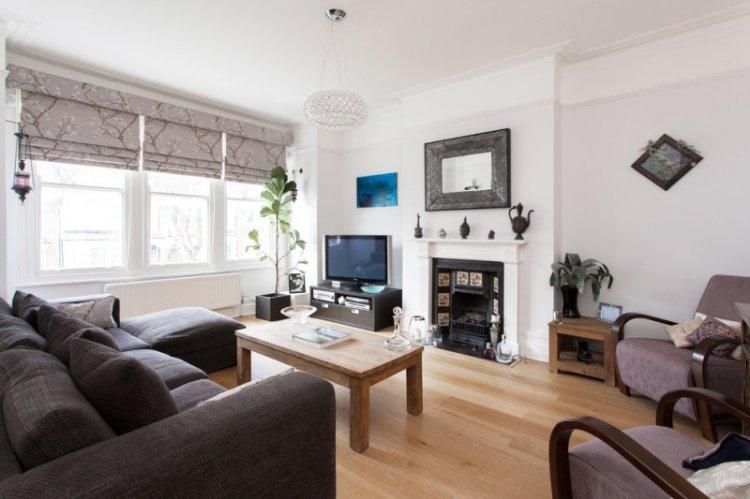
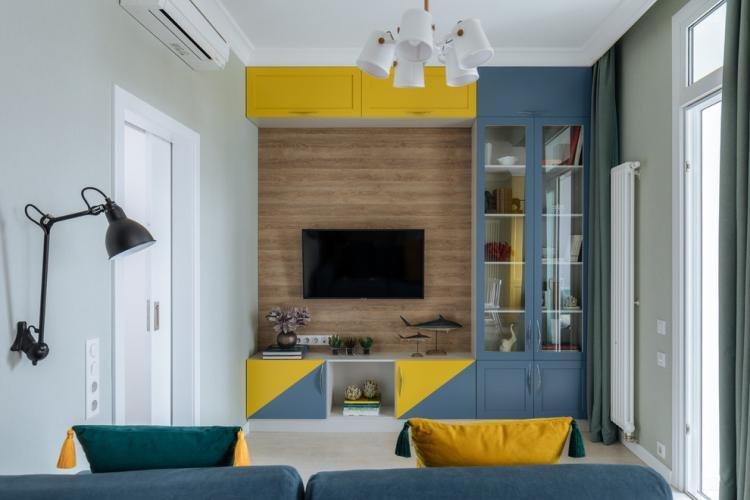

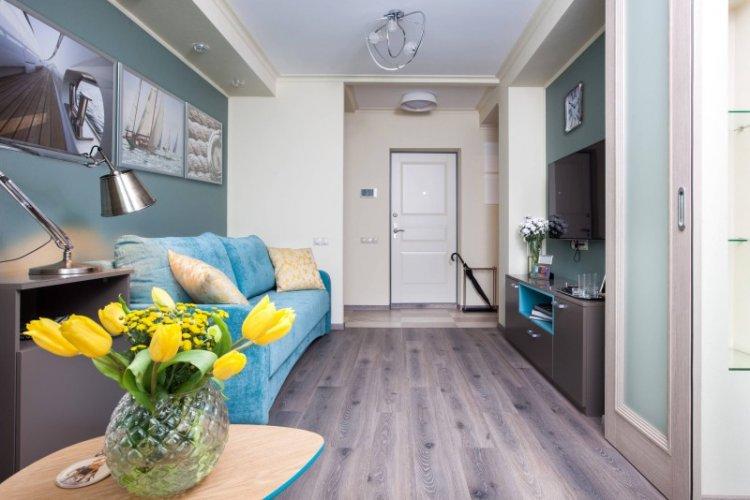
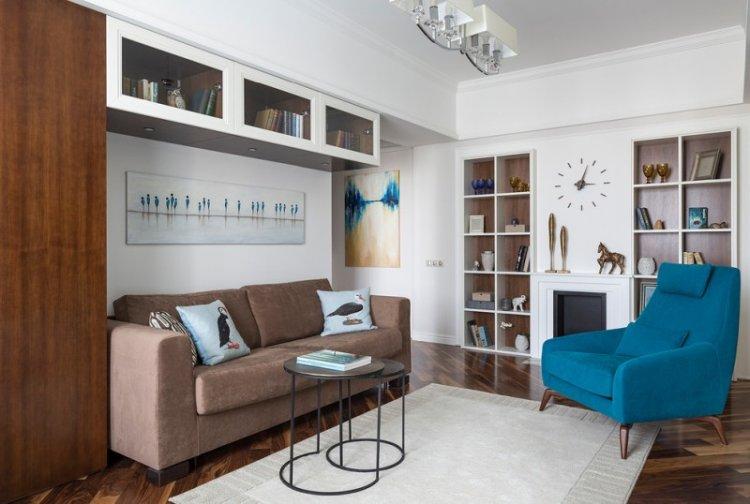
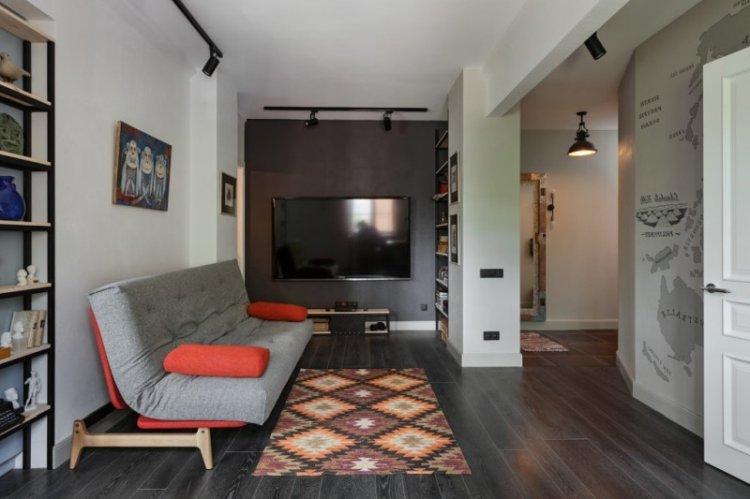
Contemporary Bedroom
In the bedroom, comfort, peace, and harmony are paramount, and few styles can do it better than contemporary. Here, natural materials, textured textiles, and a restrained color palette will come in handy. A calm interior without loud or aggressive details will allow you to relax after a hard day.



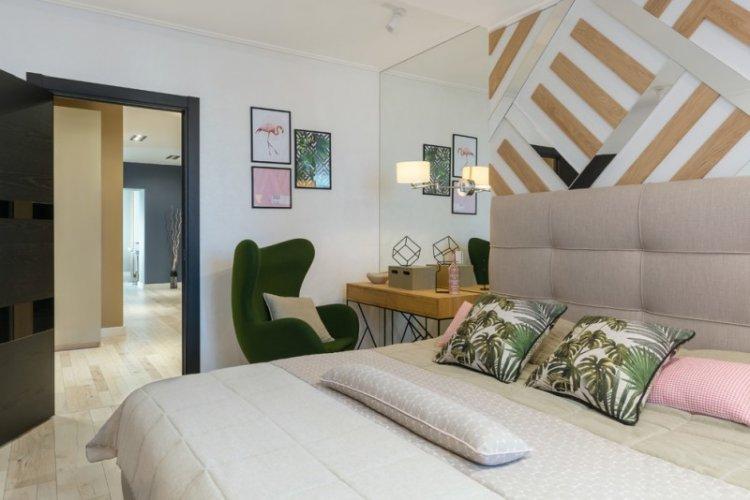

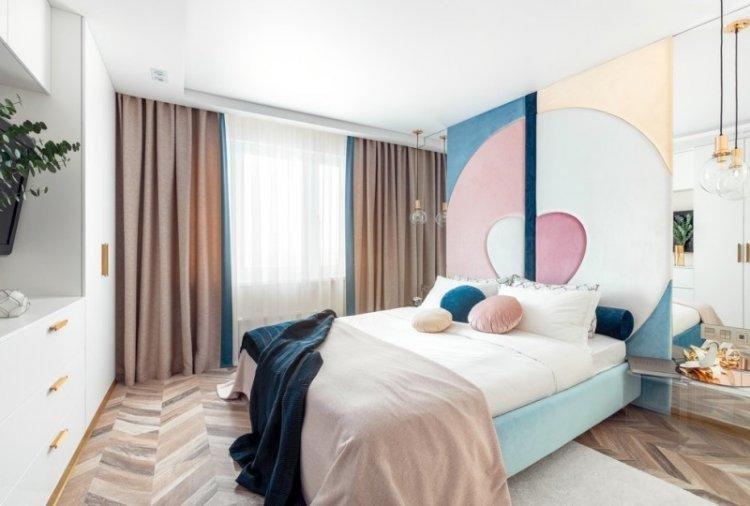
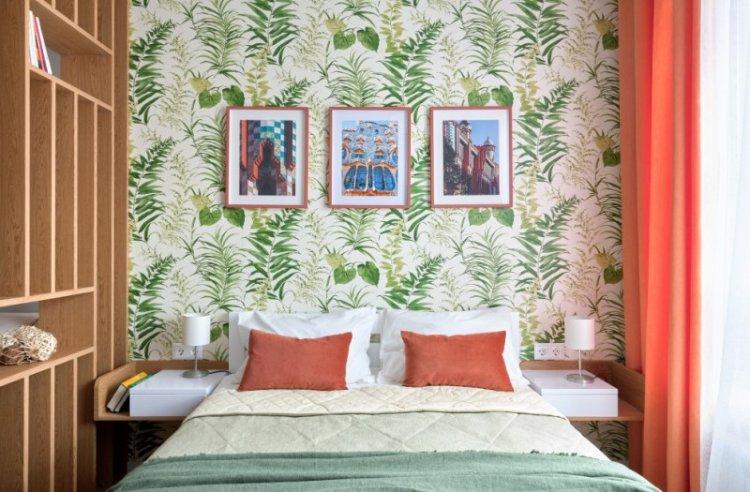
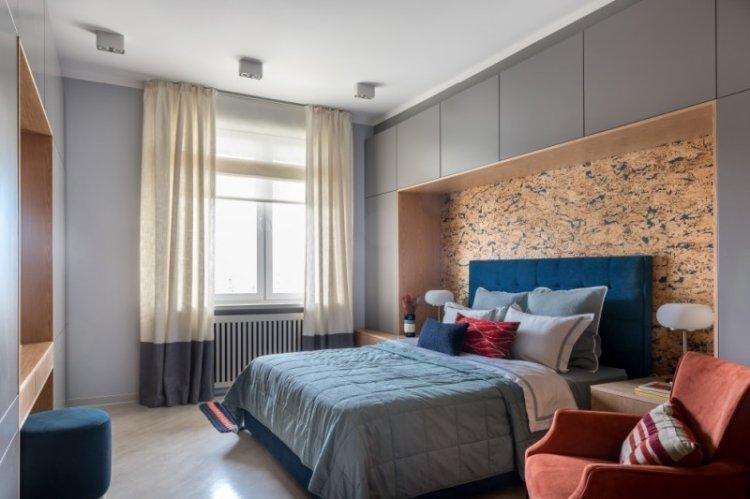
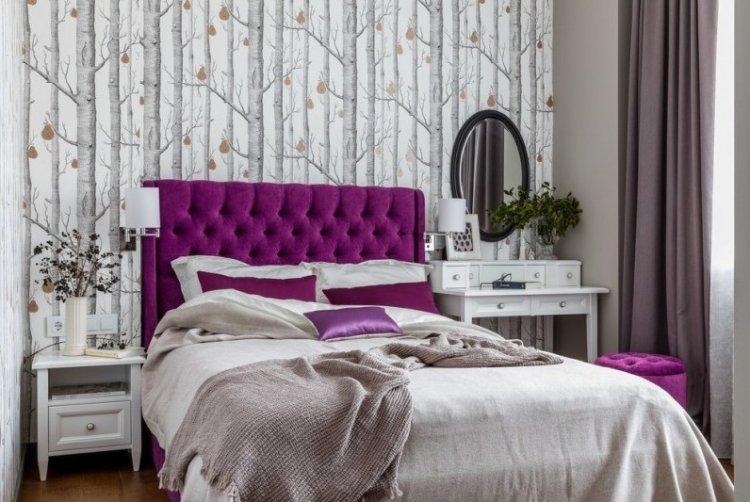

Contemporary Bathroom
In typical bathrooms, it’s difficult to indulge in designer excesses. However, you still want to do something interesting, unusual, and special. Of all the styles, contemporary is one of the most practical and suitable for applying in a bathroom.
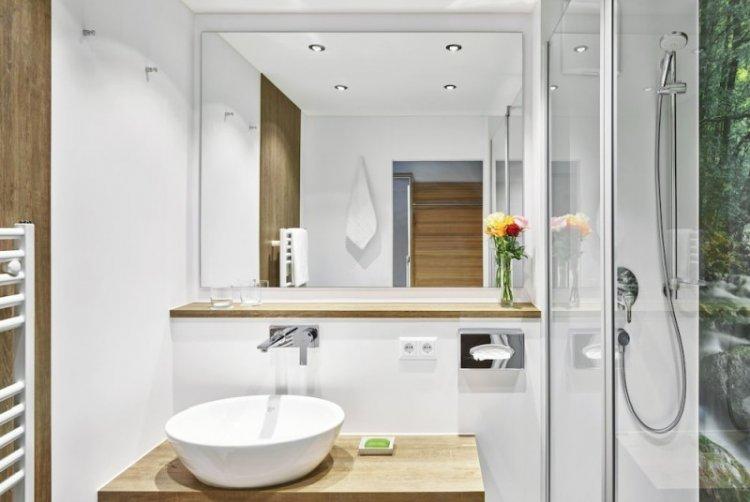
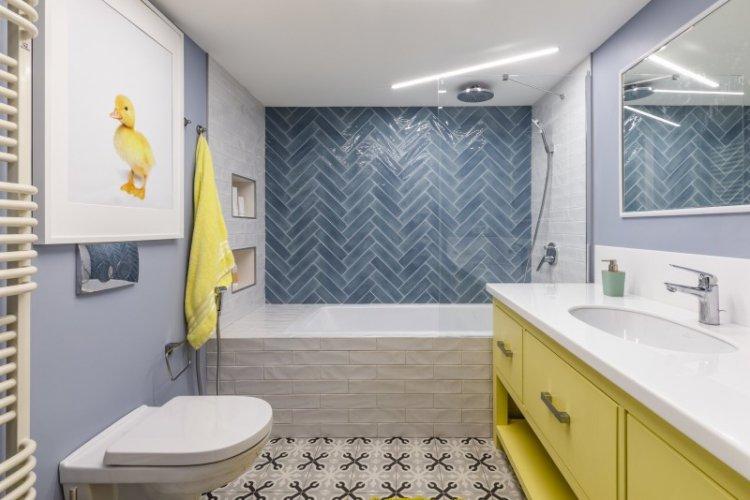
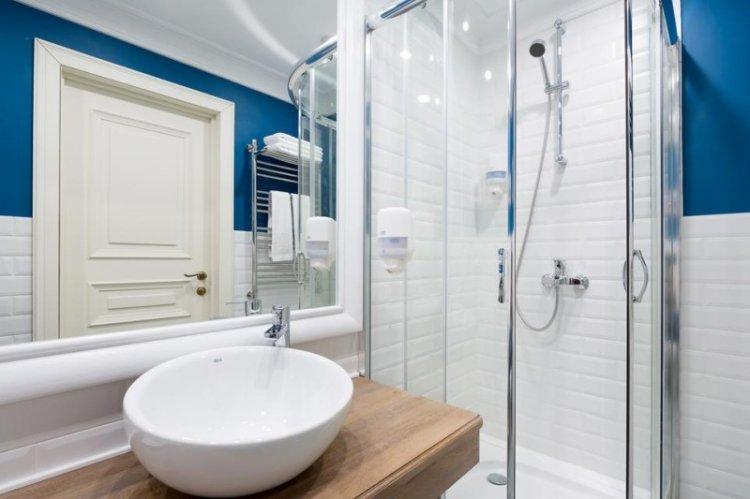
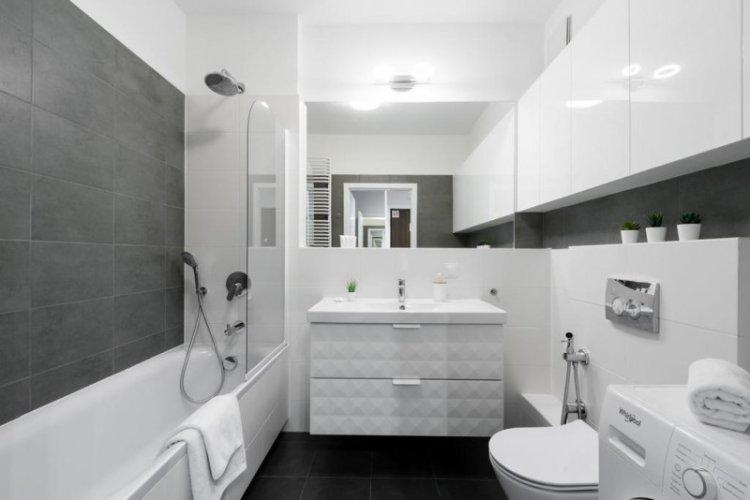





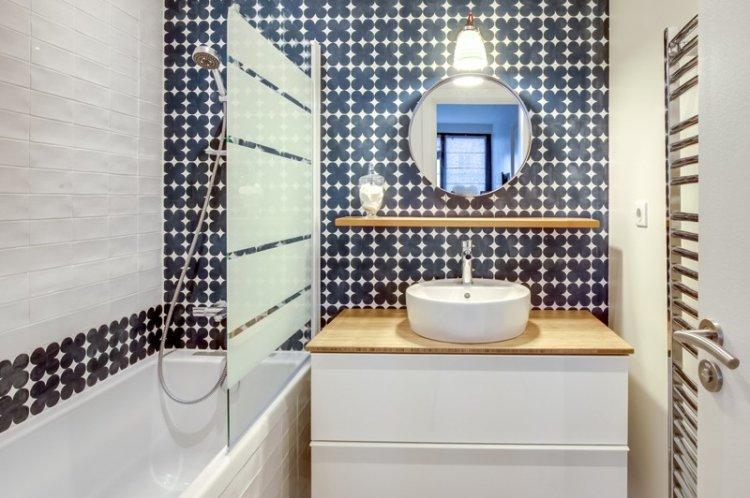
Contemporary Kids’ Room
In a child’s room, minimalistic simplicity is great because it can easily be adapted as the child grows up. Children’s needs change quickly, and over time, their interests also change. The neutral base of contemporary design allows for changes with minimal costs simply by adding accents and details.



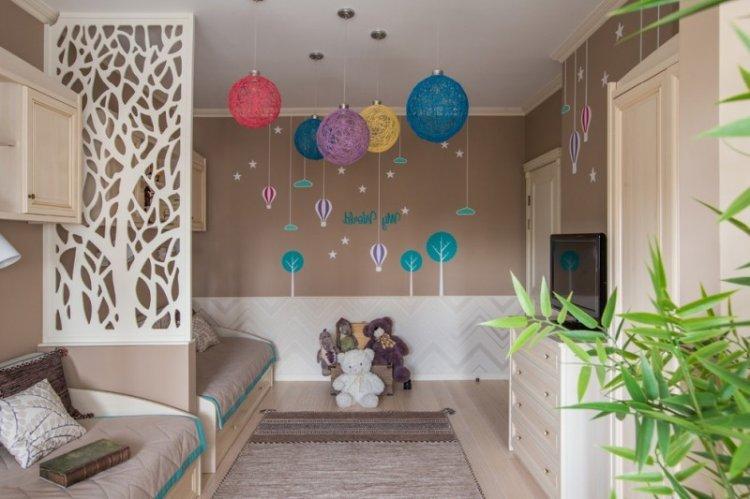
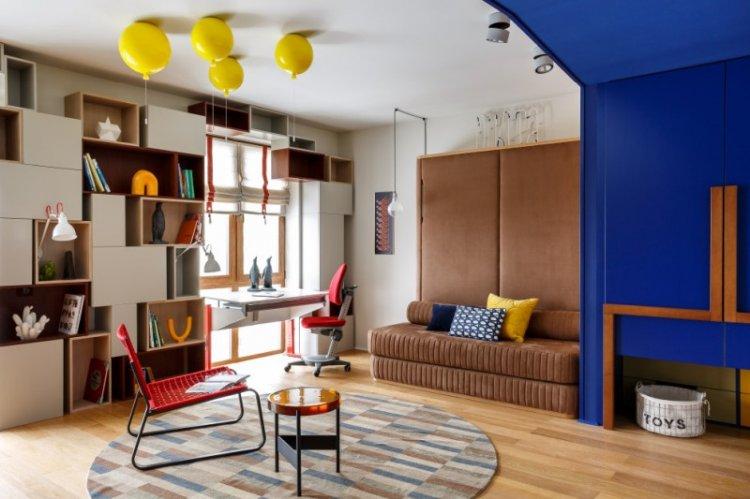
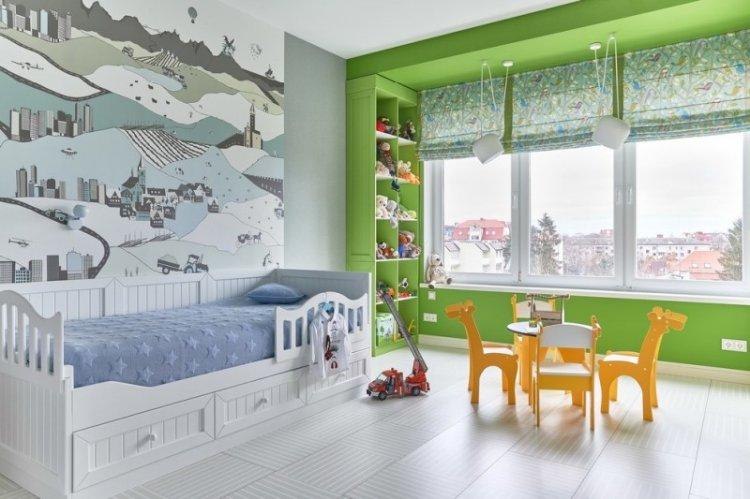

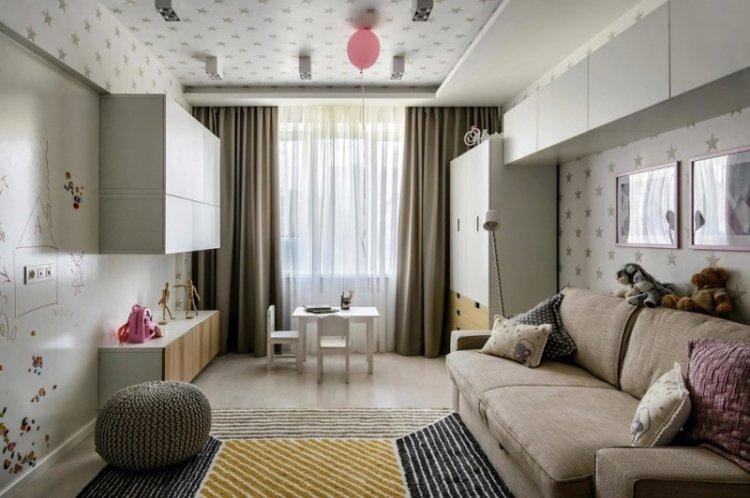


Contemporary Entryway and Hallway
The most common problem with entryways in typical apartments is a lack of space and light. This is partially compensated for by the bright, simple, and restrained interior with its multifunctional furniture. Built-in cabinets and modern sliding, hidden, and modular storage systems are especially appropriate here.
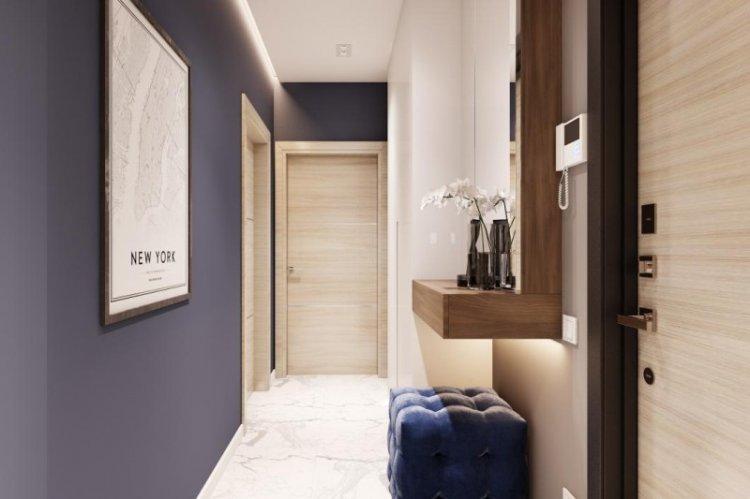

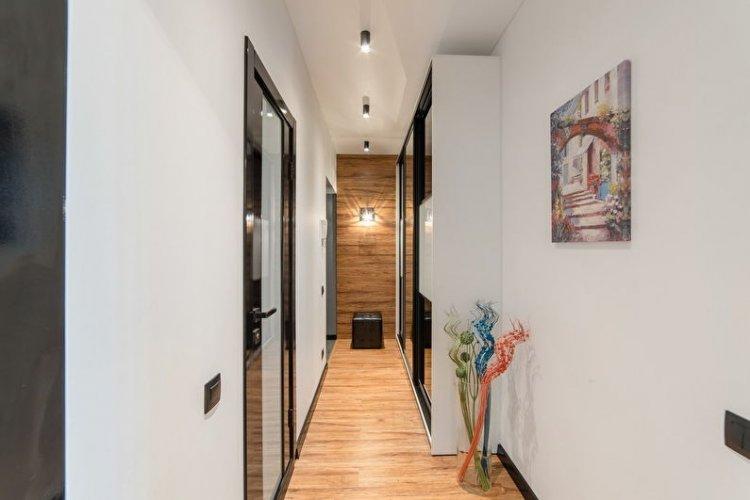

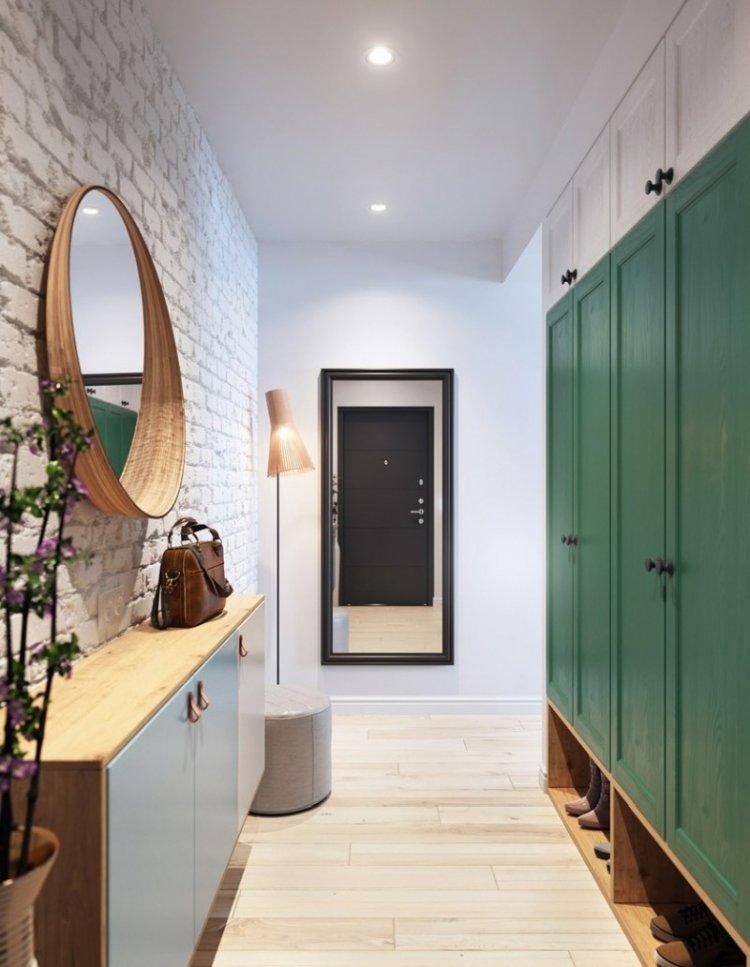
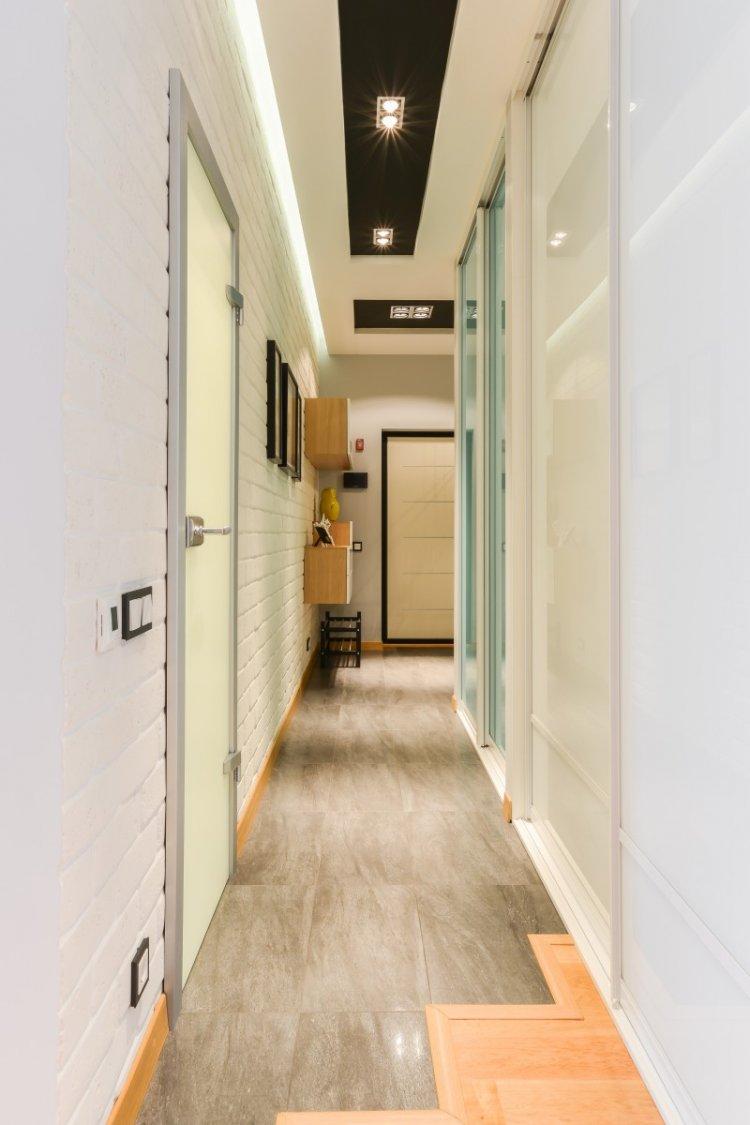
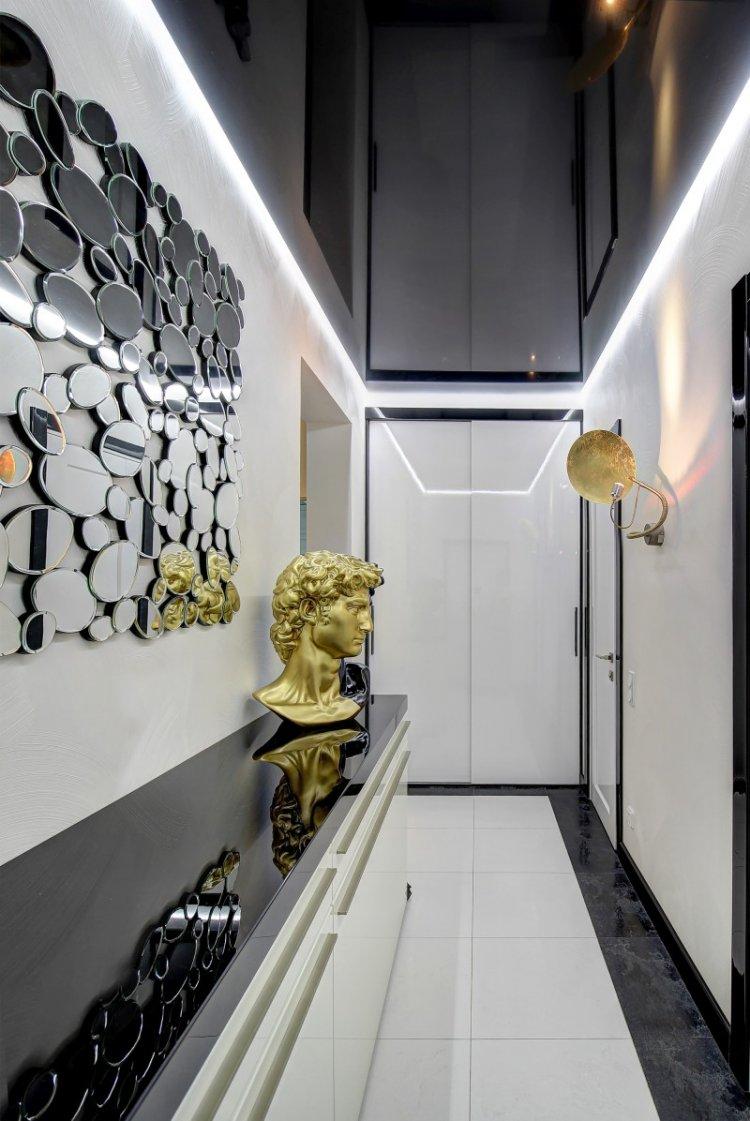

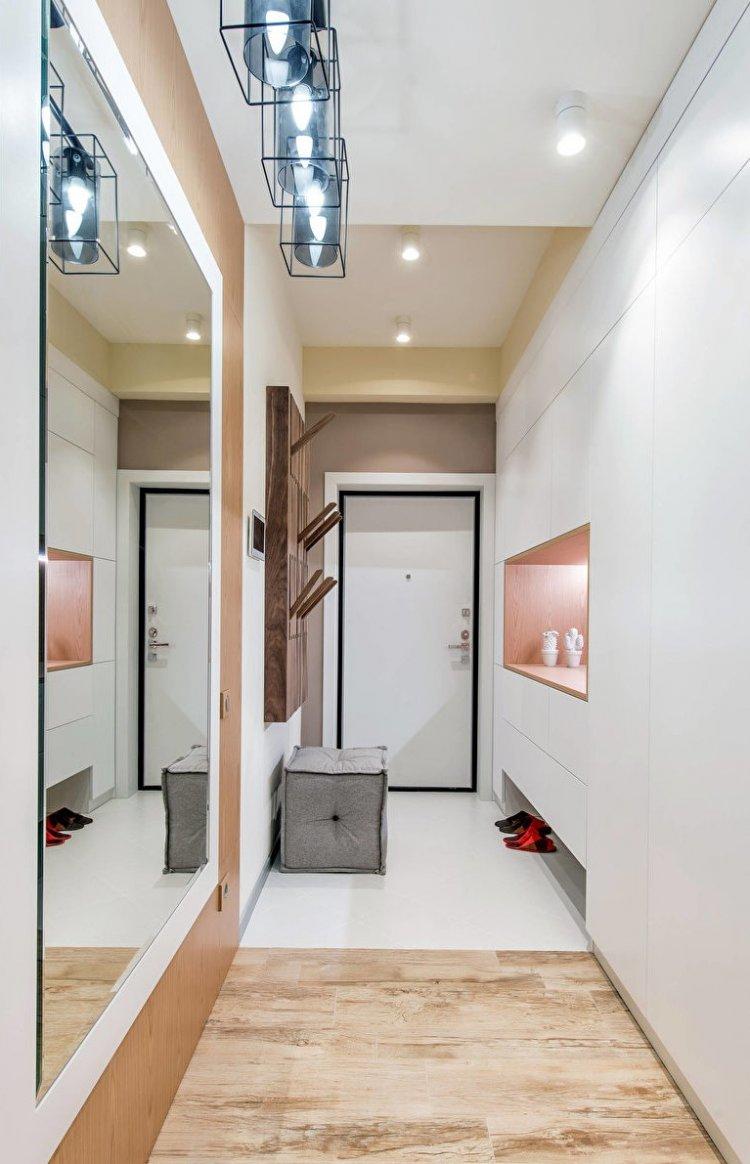

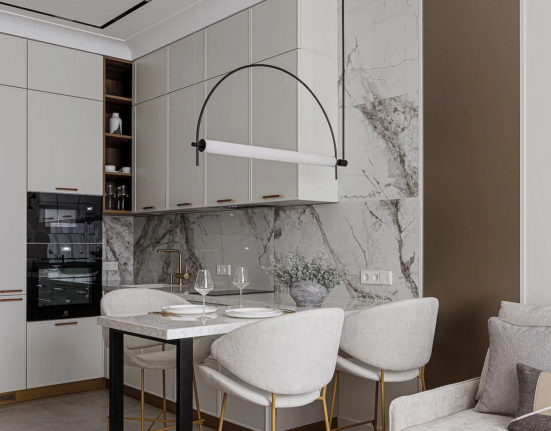
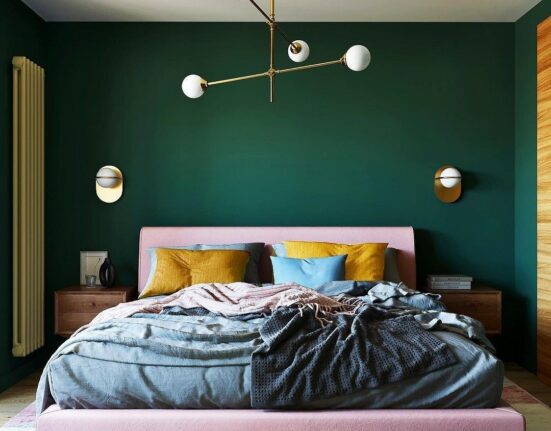
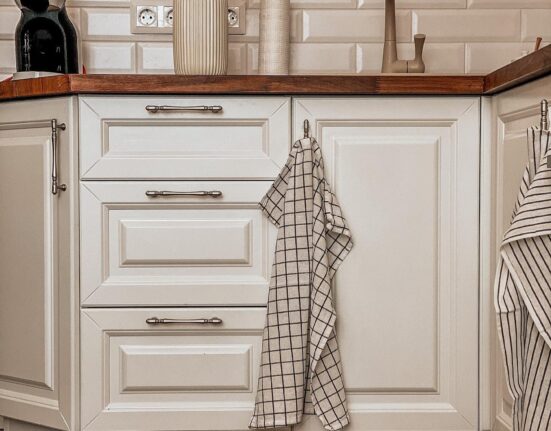
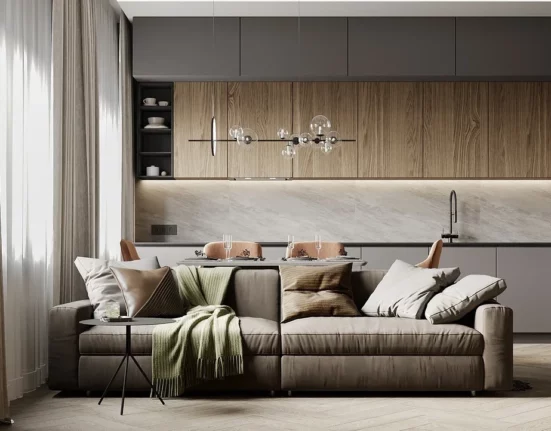
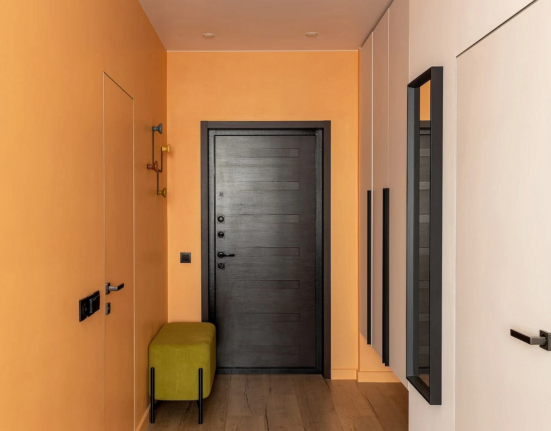

Leave feedback about this